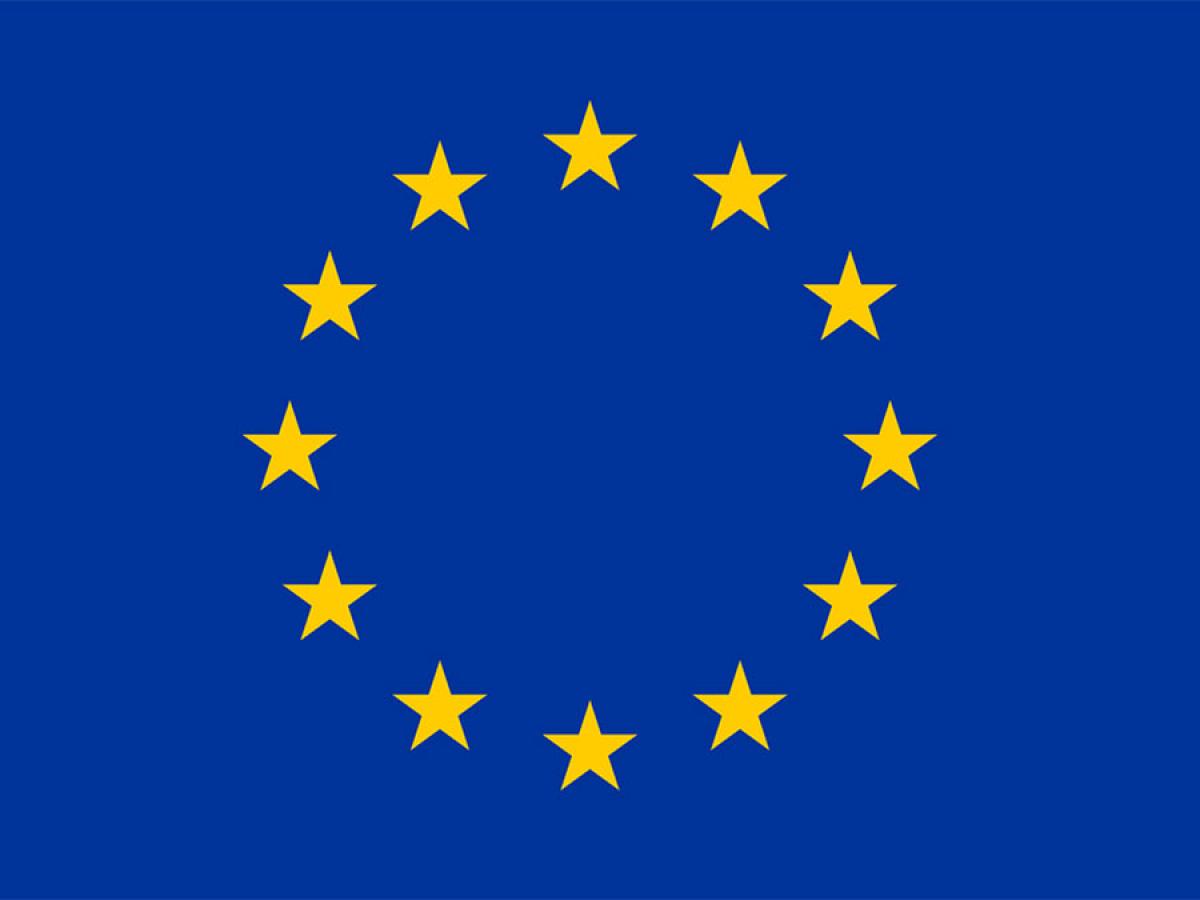Where does the EU’s Eastern Expansion end?
The process of joining the EU is likely to be slow for the remaining southeastern European non-members (Albania, Bosnia and Herzegovina, Kosovo, Montenegro, Northern Macedonia and Serbia). Western European non-members (Iceland, Liechtenstein, Norway, Switzerland and the UK) may decide to stay outside the EU. However, there is no question of these European countries’ geographical eligibility for EU membership. Turkey, with its toehold in Europe and Asia Minor landmass is more controversial.
North of the Black Sea, no geographical border delimits the beginning and end of Europe but, politically, the eastern border of the EU is clear. Among the Soviet successor states, six countries in the Eastern Partnership receive varying benefits, in some cases minimal; membership is not on the table. The five Central Asian countries are off the EU radar. Russia is subject to EU economic sanctions.
How hard is the EU’s new Eastern Border? Will it match the Iron Curtain’s 40+ years?
On 15-16 October, the University of the Peloponnese cohosted a conference on The Future of EU Enlargement and Partnership Policies. Originally scheduled to be held in Athens in May 2020, it was postponed due to COVID-19. The event was co-sponsored by the National Centre for Research on Europe at the University of Canterbury (New Zealand) and the Centre for Southeast European Studies at Universität Graz (Austria). Richard Pomfret represented the University of Adelaide’s EU Centre of Excellence.
An interesting feature of the presentations and discussion was the extent to which analysis depended on a participant’s location. Geoffrey Pridham (University of Bristol, UK) in the keynote speech emphasized the impact of Brexit in reducing the EU’s ability to oppose Russian domination east of Poland. Polish participants also focused on Russia’s influence, but emphasize the need for active support of countries such as Ukraine to thwart Russian expansionism. Participants from Greece and southeast Europe tended to be more concerned with the obstacles to accession by the countries of the Western Balkans than about threats or opportunities beyond the EU’s eastern frontier.
Richard Pomfret’s paper placed the debate about the external border in the context of Eurasian economic links and EU relations with China. In the presentation, he emphasized the rapid development of EU-China rail connections since 2011. The number of containers using the rail Landbridge increased from zero in 2010 to 330,000 in 2019 and more in 2020, despite the existence of EU-Russia sanctions and countersanctions. Although rail is more expensive than sea, it is more than twice as fast with more reliable arrival times and the shift to rail is likely to increase given its environmental advantage over sea or air freight. EU-China relations have had their ups and downs, but since 2017 there is joint commitment to strengthen trade links and cooperate on global issues such as the multilateral trading system and climate change, while acknowledging systemic differences.
China’s continued support for the Landbridge is often presented as the Belt part of China’s Belt and Road Initiative. However, the Landbridge has been market-driven and China’s motives are both commercial and political. Although most freight travels on a China-Kazakhstan-Russia-Belarus-Poland route, some uses the TransSiberian Railway, and China has experimented with routes across the Caspian Sea or south of the Caspian through Iran and Turkey. Multiple routes limit hold-up options for transit states.
The EU is moving to incorporate the Landbridge into its Trans-European Transport Network (TEN-T), which includes Eastern Partnership countries since 2017. Preparations for the Asia-Europe Meeting (ASEM) summit in Cambodia next year are focusing on improved connectivity.
Although current trains overwhelmingly carry sealed containers on point to point EU-China or China-EU routes, the improved infrastructure will be the basis for increased trade from the countries in between that can develop competitive exporting firms. Which countries take advantage of the window of opportunity will depend on many things, notably domestic reform and trade facilitation and the relative growth of different Landbridge routes. What is certain is that economic relations between the EU and some countries to the east will strengthen and this will drive strengthened political and institutional relations. Whether that extends to EU membership for some countries, or to other institutions for stronger relations, is unclear.
By Richard Pomfret, Professor of Economics & Jean Monnet Chair Economics of European Integration, the University of Adelaide.
The views expressed here are the authors, and may not necessarily represent the views of the Institute for International Trade.
The European Commission's support for the production of this publication does not constitute an endorsement of the contents, which reflect the views only of the authors, and the Commission cannot be held responsible for any use which may be made of the information contained therein.

With the support of the Erasmus+ Programme of the European Union
This work is licensed under Commons Attribution-NonCommercial-NoDerivatives 4.0 International License.
IIT is a global leader in researching, analysing and commenting on International Trade.
Stay informed about our up-and-coming seminars, events, publications, awards, new projects and collaborations, and other exciting news.
